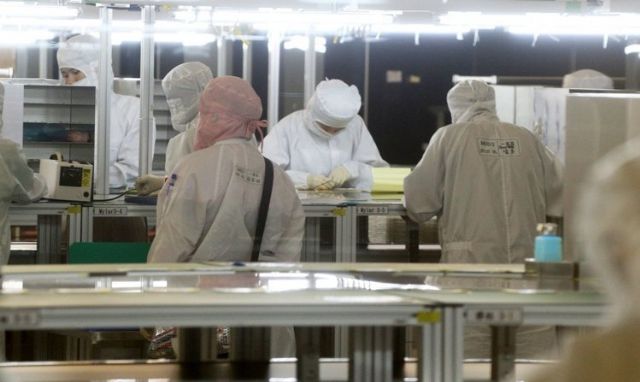Taiwan Manufacturing Ind.'s Value-added Ratio Hits 5-year High of 24.8% for 2014
2016/01/08 | By Steve
DGBAS defines such ratio as the percentage derived by dividing the overall output value by the final value from the subtraction of the total costs incurred throughout manufacturing from the overall output value, which indicates a manufacturer's capability to add extra value to finished products.
DGBAS reports that Taiwan's 2014 value-added ratio of manufacturing industries is the highest since 2010, which is attributable to the following factors, including increasingly cheaper raw materials globally that enable Taiwan's manufacturers to benefit from lower material costs, coupled with steady R&D investments by enterprises.
Despite being higher than the 23.3 percent of S. Korea, Taiwan's value-added ratio still trailed the 29.7 percent of Japan and 34.0 percent of the U.S. in the year, notes DGBAS, given that Taiwan's manufacturing industry still revolves around contract manufacturing and production of parts which typically command lower margins than selling finished products.
Separately, DGBAS says that the production of computers, electronic products and optoelectronics, and electronic parts and components are Taiwan's top-2 sectors enjoying the highest value-added ratios among others, which reached 38.5 percent and 36.4 percent, respectively, in the year, with the former mainly benefiting from re-exporting when most operators have moved production lines overseas for cheaper costs, and the latter benefiting from growing R&D spending by operators and the restructuring of the domestic semiconductor sector.
Meanwhile, local sectors of metal products, power equipment, machinery, and auto parts and components all witnessed value-added ratios exceed 24 percent, while suppliers in the chemicals and petroleum industries, however, posted sub-10-percent added-value ratios, according to DGBAS.




